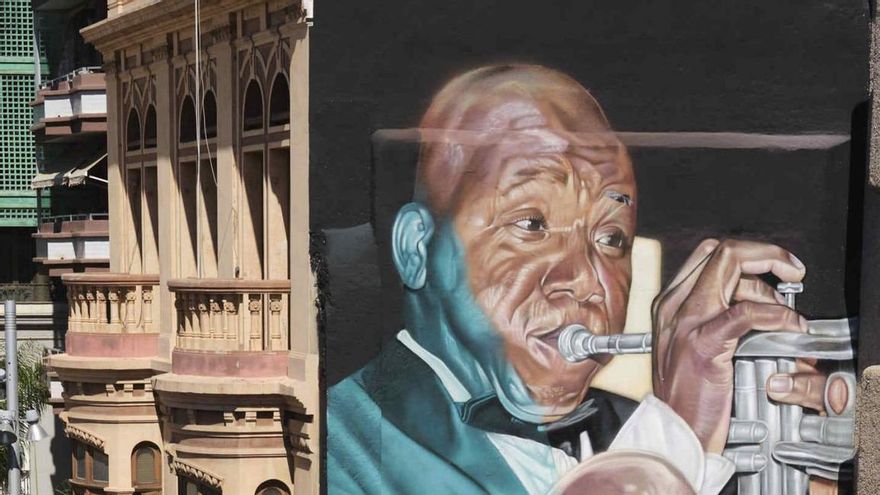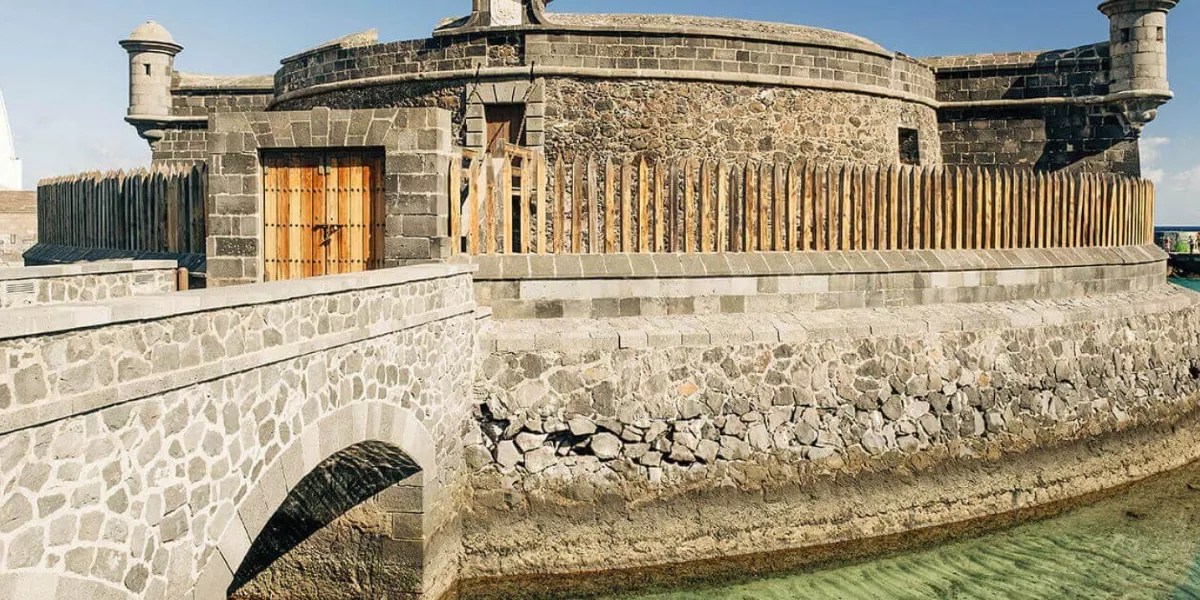
On building facades, parks or even in tunnels. Almost any place is a good canvas for the muralists Matías Mata, Fran Feo, Ione Domínguez and Víctor Seus to capture their talent. These artists paint the streets of the Island with colors with the aim of giving life to dull places and, above all, to generate a social demand that puts on the table those problems that affect citizens. All this from the artistic point of view and the purpose of identifying what, for years, has been understood as vandalism, as a result of graffiti painting. These four artists demonstrate the true meaning of urban art through their works, which are spreading more and more through the streets of the island of Tenerife.
The origin
The origin of this type of art dates back to the beginning of the 20th century, in Mexico. The first murals made reference to knowledge and social representations during and after the Revolution. On the other hand, the modern graffiti movement began in the 1960s, in Philadelphia (USA), where a young man, Darryl McCray, painted the phrase CornBread on different streets of the city, the nickname he was given in the reformatory where he was. Already in the 80s, graffiti makes a leap to Europe, where Paris is the city where it first settles. In the case of Spain, Juan Carlos Argüello, under the pseudonym Muelle, was the pioneering muralist in Madrid, and established ethical and aesthetic guidelines on where to paint.
Muralism versus graffiti
Graffiti has been defined since its inception as a leisure activity, where the artist captures through the use of aerosols, figures and representative letters. On the other hand, muralism is considered something more than leisure and expression. This doctrine is reflected as a profession in which the artist has a professional title that accredits it.
The difference between graffiti and muralism, adopted with the term urban art, focuses on the fact that the latter is done under payment, showing itself as an artistic symbol, while the former is seen, from its inception, as a as an activity that is carried out without authorization or economic benefit. However, both practices are linked and complement each other in their artistic development.
When carrying out the works, muralism spends more time on details and has limited freedom. On the other hand, graffiti is faster and does not require as much prior preparation, which gives the artist complete freedom.
Another way to enjoy art
The Street Art Cities platform is an online community dedicated to sharing the urban art of different artists from around the world. In it, existing murals in more than 900 cities around the planet are given visibility. Users who download the application can explore the different works hidden in the streets of metropolises and small towns. The main function of the app is to share urban art so that people from any country can visit them or simply admire them through the screen. Thanks to the success on social networks, the platform has already registered 16,456 works of art from 361 cities in 72 different countries. In it, we can also find the Canarian artist Matías Mata, who is among the first 29 best Spanish murals with his work Alberic.
To find these paintings, the application shows the location where to find them and provides information about the history of each one. For example, how the work was done. Muralism is a different way of tourism and is gaining ground as one more element within the routes of the destination. Visiting a city and walking through its streets and avenues in search of buildings and facades full of color is mixed with the experience of knowing the most emblematic corners of that place. Muralism is a form of expression and claim that, from respect, is called to reach higher levels.















